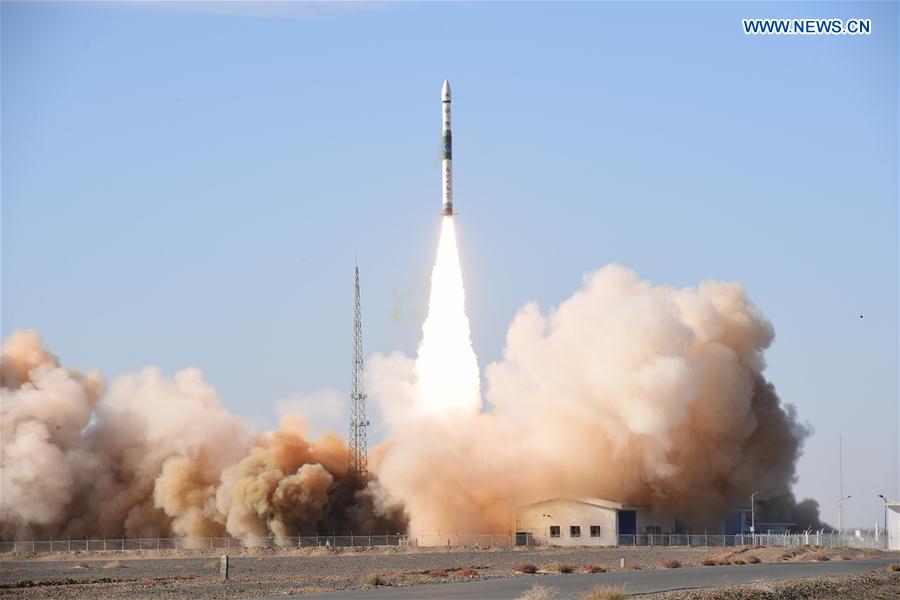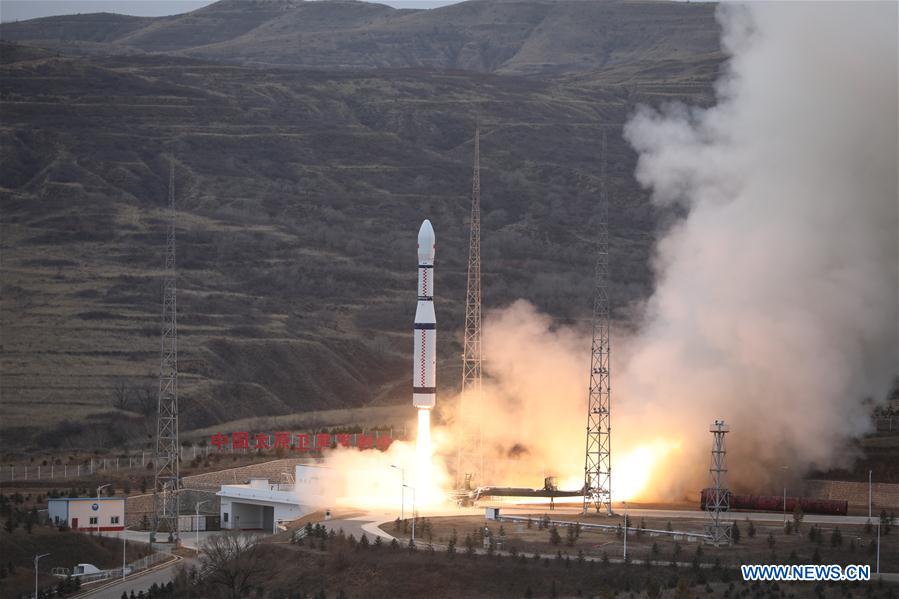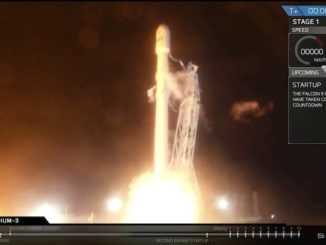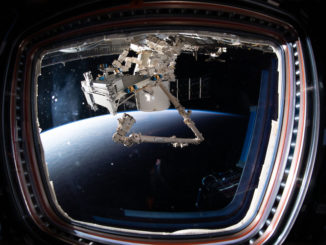
Chinese rockets performed two satellite delivery missions in a three-hour span Wednesday, carrying a commercial Earth-imaging satellite and five mysterious surveillance payloads into orbit.
The launches originated from two separate spaceports in northern China, using a light-class solid-fueled Kuaizhou 1A launcher and a liquid-fueled Long March 6 rocket, according to Chinese state media reports.
The back-to-back launches carried different missions into orbit, and were not originally planned to occur on the same day. Officials aborted a Kuaizhou 1A launch attempt last month for unspecified technical reasons.
The four-stage Kuaizhou 1A rocket — the fourth of its type — blasted off from the Jiuquan space base in northwestern China at 0340 GMT Wednesday (10:40 p.m. EST Tuesday), Chinese state media said.
Liftoff occurred at 11:40 a.m. Beijing time.
The government-run Xinhua news agency reported the Kuaizhou 1A rocket carried a commercial Earth observation satellite for Chang Guang Satellite Technology Co. Ltd., a commercial spinoff of the Chinese Academy of Sciences. The Jilin 1 Gaofen 02A spacecraft is the 14th satellite to join Chang Guang’s Jilin 1 remote sensing constellation since 2015.
Chang Guang’s observation platforms are designed to collect high-definition video, color pictures, and detailed hyperspectral imagery of Earth, providing information to the Chinese military, civilian agencies and commercial users.
The Kuaizhou 1A rocket is managed by Expace, a commercially-oriented subsidiary of the China Aerospace Science and Industry Corp., the biggest Chinese state-backed aerospace contractor. Technical details of the Kuaizhou 1A launcher, capable of injecting 440 pounds (200 kilograms) of payload to a 435-mile-high (700-kilometer) orbit, have not been released by Chinese authorities, but the rocket is likely based on modified Chinese ballistic missile technology.
U.S. military tracking data indicated the Kuaizhou 1A rocket released the Jilin 1 Gaofen 02A spacecraft in an polar orbit approximately 330 miles (535 kilometers) above Earth, with an inclination of 97.5 degrees to the equator.

A separate Chinese launch crew working at the Taiyuan space center — roughly 600 miles (1,000 kilometers) east of Jiuquan — prepared a Long March 6 rocket for liftoff at 0635 GMT (1:35 a.m. EST) Wednesday.
After climbing away from its launch pad at Taiyuan, located in northern China’s Shanxi province, the three-stage Long March 6 rocket was expected to head toward the southeast, according to pre-launch airspace warning notices released by the Chinese government.
China’s official Xinhua news agency said the launch was successful, delivering five Ningxia 1 satellites to orbit for a “remote sensing detection” mission. The five spacecraft “are part of a commercial satellite project invested by the Ningxia Jingui Information Technology Co. Ltd.,” Xinhua said.
The Ningxia 1 satellites were developed by DFH Satellite Co. Ltd., an entity within China’s state-owned aerospace apparatus specializing in the production of small spacecraft platforms.
Previous information released on the Ningxia 1 satellites suggest the spacecraft are designed for a signals intelligence mission.
The 95-foot-tall (29-meter) Long March 6 rocket is one of three new Long March-series satellite launchers debuted since 2015. Wednesday’s mission marked the third launch of a Long March 6 booster.
The Long March 6 is capable of hauling up more than a ton of payload into a sun-synchronous orbit a few hundred miles in altitude, a popular destination for many Earth observation satellites.
The Long March 6’s first stage is powered by a kerosene-fueled YF-100 main engine, a staged combustion powerplant Chinese engineers have worked on since 2000. The engine generates approximately 120 metric tons, or 264,000 pounds, of thrust. A YF-115 engine provides propulsion for the Long March 6 second stage.
The YF-100 and YF-115 engines are the same new-generation powerplants used on China’s bigger Long March 5 and Long March 7 rockets.
Liquid-fueled thrusters on the Long March 6’s third stage guide the rocket’s payloads into their targeted orbits for deployment.
Email the author.
Follow Stephen Clark on Twitter: @StephenClark1.



